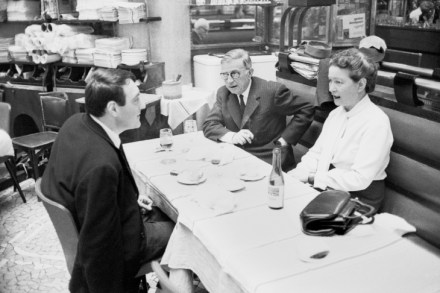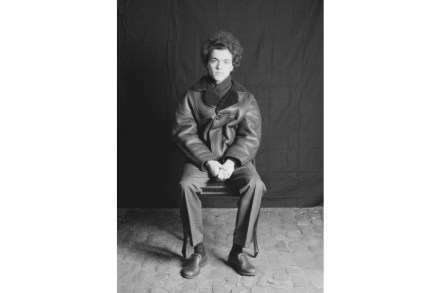Roll over Beethoven
If you want to see an opera director kicking a genius when they’re down — and I mean really sticking the knife in and giving it a good old twist around — Fidelio is usually a safe bet. It’s one of Beethoven’s few undisputed masterpieces in which he’s not in absolute command of his medium; instead, the sheer moral and emotional conviction of the music carries it through. Confronted with such blazing sincerity, the instinct (possibly defensive) of many modern directors seems to be to subvert, to undercut, to belittle. I haven’t seen a production of Fidelio this century that’s been content simply to help the work speak (and Fidelio




















